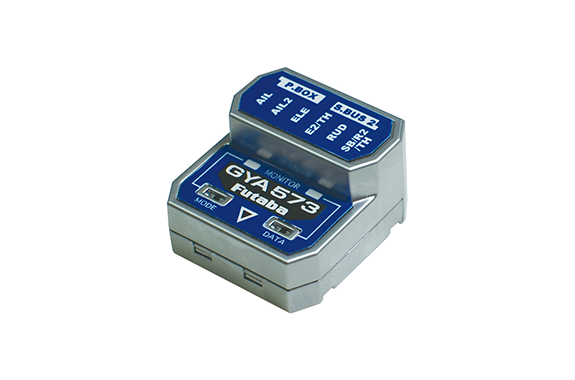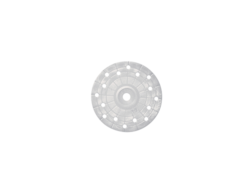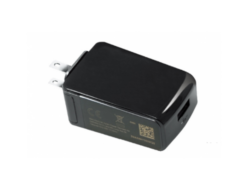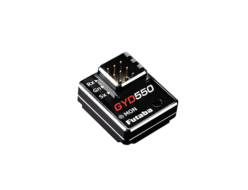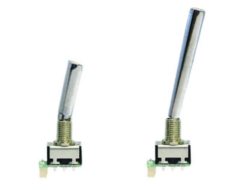First, you add 3-axis angular-rate and acceleration sensors for precise attitude tracking.
Next, you set gyro gain from the transmitter for quick field tuning.
Then, you trigger Recovery to snap the camera back to level whenever balance slips.
Moreover, you switch among five modes from the transmitter: AVCS, Normal, Gyro Off, Auto Recovery, and Roll Flat.
Meanwhile, you fly diverse airframes: dual ailerons, dual elevators, twin rudders, elevons (delta), and V-tails.
Additionally, you enable 4D flight (see the 4D pack page for setup).
To reduce wiring, you connect via S.BUS/S.BUS2.
For flexibility, you set SB/R2 to RUD2, CH3 (THR), or S.BUS.
Likewise, you set E2/TH to ELE2 or CH3 (THR).
With S.BUS output, you also gyro-control AIL3 and AIL4.
For high current safety, you pair it with DLPH-2 on large models.
To simplify setup, you configure everything from the transmitter (T32MZ/WC, T26SZ, T16IZ/S).
Furthermore, you apply Air-Brake mixing (AIL/AIL2/AIL3/AIL4/ELE/EL2); however, don’t use the transmitter’s Air-Brake mix at the same time, and expect different servo throws even at the same rates.
Similarly, you apply Camber mixing (AIL/AIL2/AIL3/AIL4/ELE/EL2); again, don’t run the transmitter’s Camber mix concurrently, and servo travel will still differ at matching rates.
Finally, you use S.BUS I/O with FASSTest 26CH.
Roll-Flat:
Keep the aileron stick centered and, under specified conditions (Note 1), the system holds wings level. As a result, you focus on elevator and throttle during landing and, additionally, you practice level-attitude flight at altitude.

